COVID-19 and gender data resources
What's new?
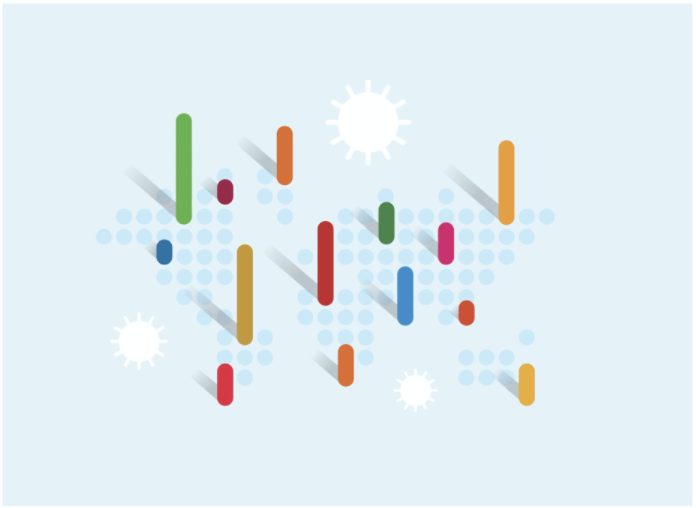
COVID-19 and gender monitor
This dashboard is a compilation of indicators that will inform gender-responsive policy action on COVID-19.
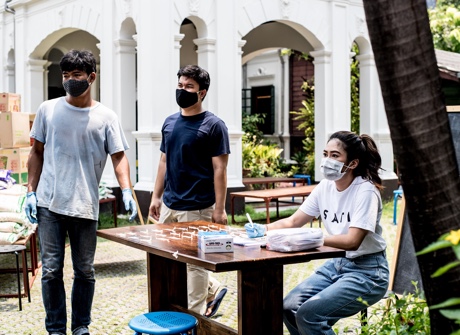
Survey
UN Women has conducted rapid gender assessment (RGA) surveys to quickly capture the gendered consequences of COVID-19. The findings from nearly 100,000 respondents across 58 countries are showing that women and men are experiencing the effects of the pandemic differently.

Emerging data
UN Women has been closely following the political and economic response to COVID-19 and its impact on women and girls. UN Women and WHO have joined forces to bridge the gender data gap and provide latest available data on COVID-19 cases by sex and age
-
Publications
-
Stories
-
Resource list
-
Our data response
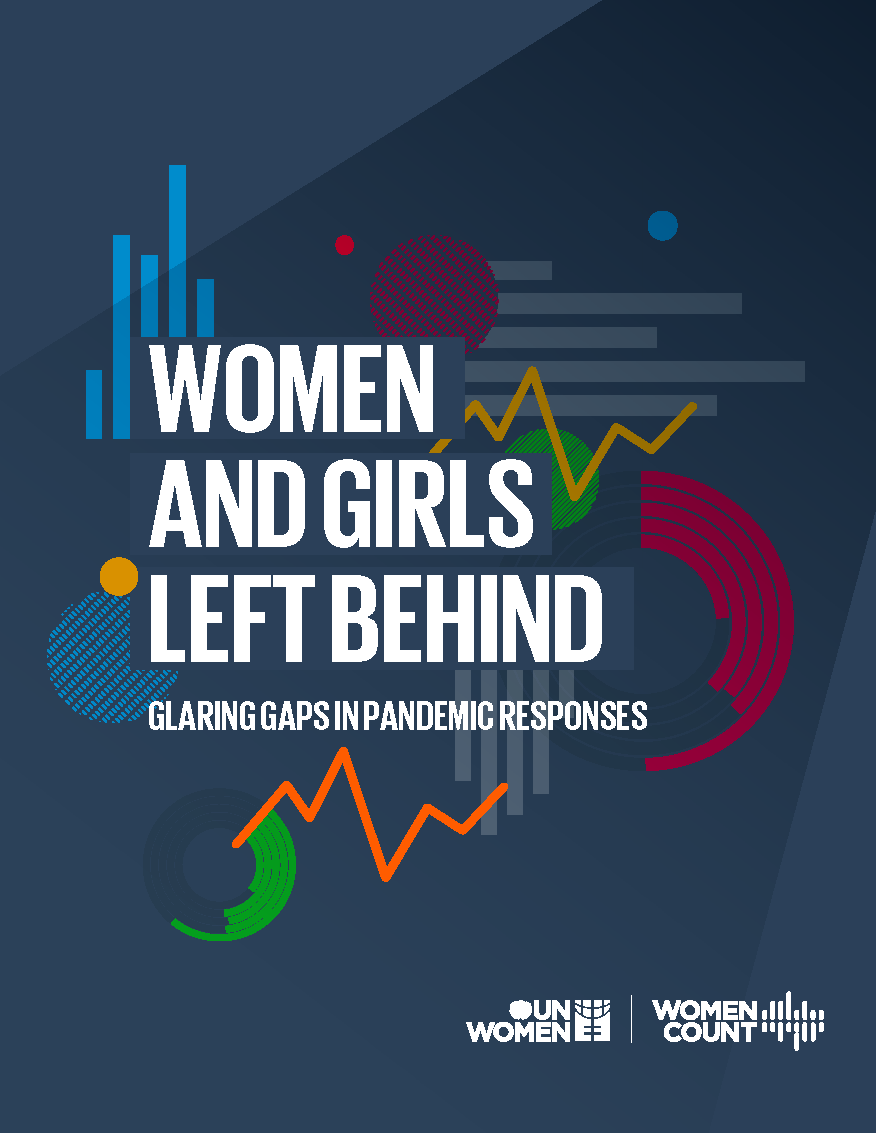

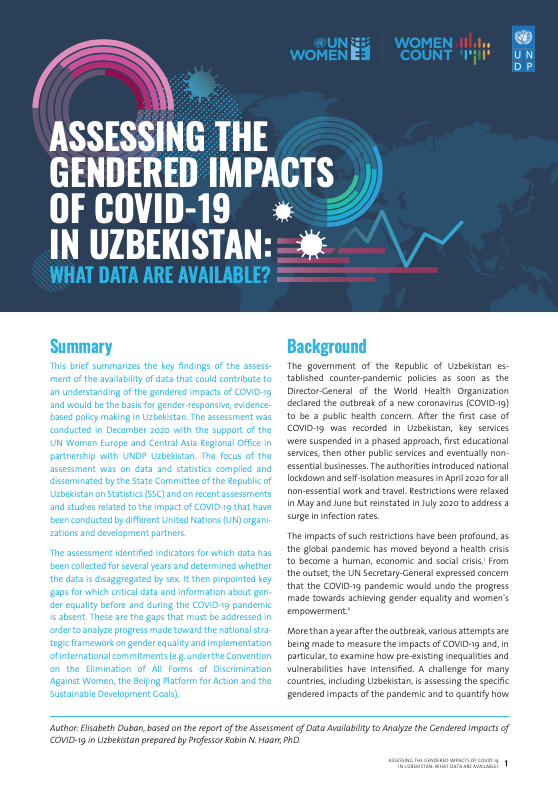
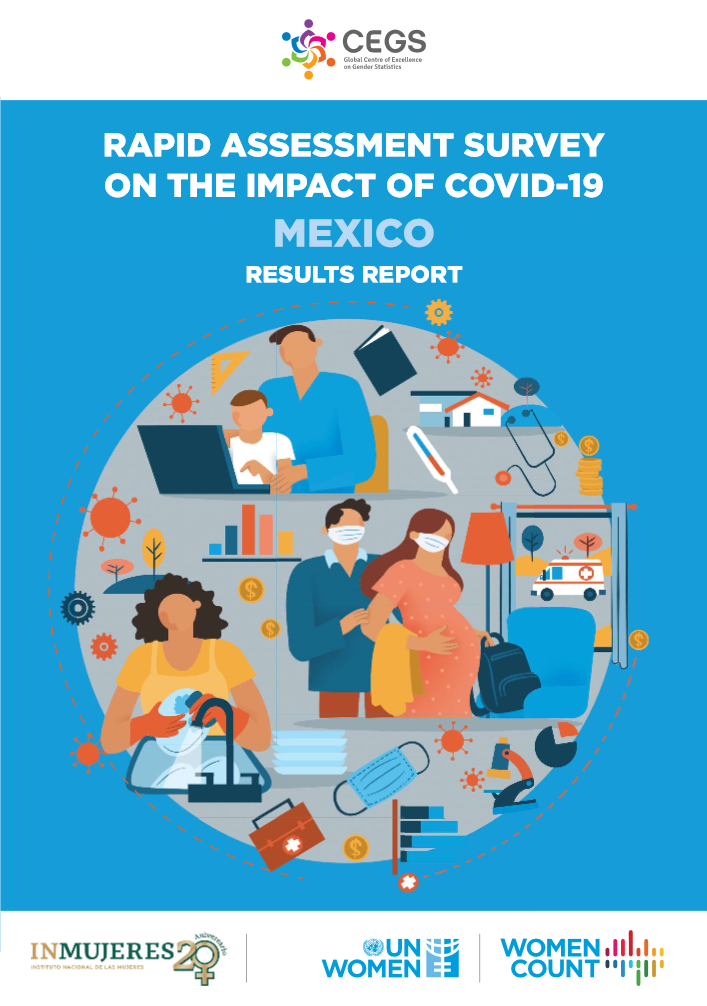
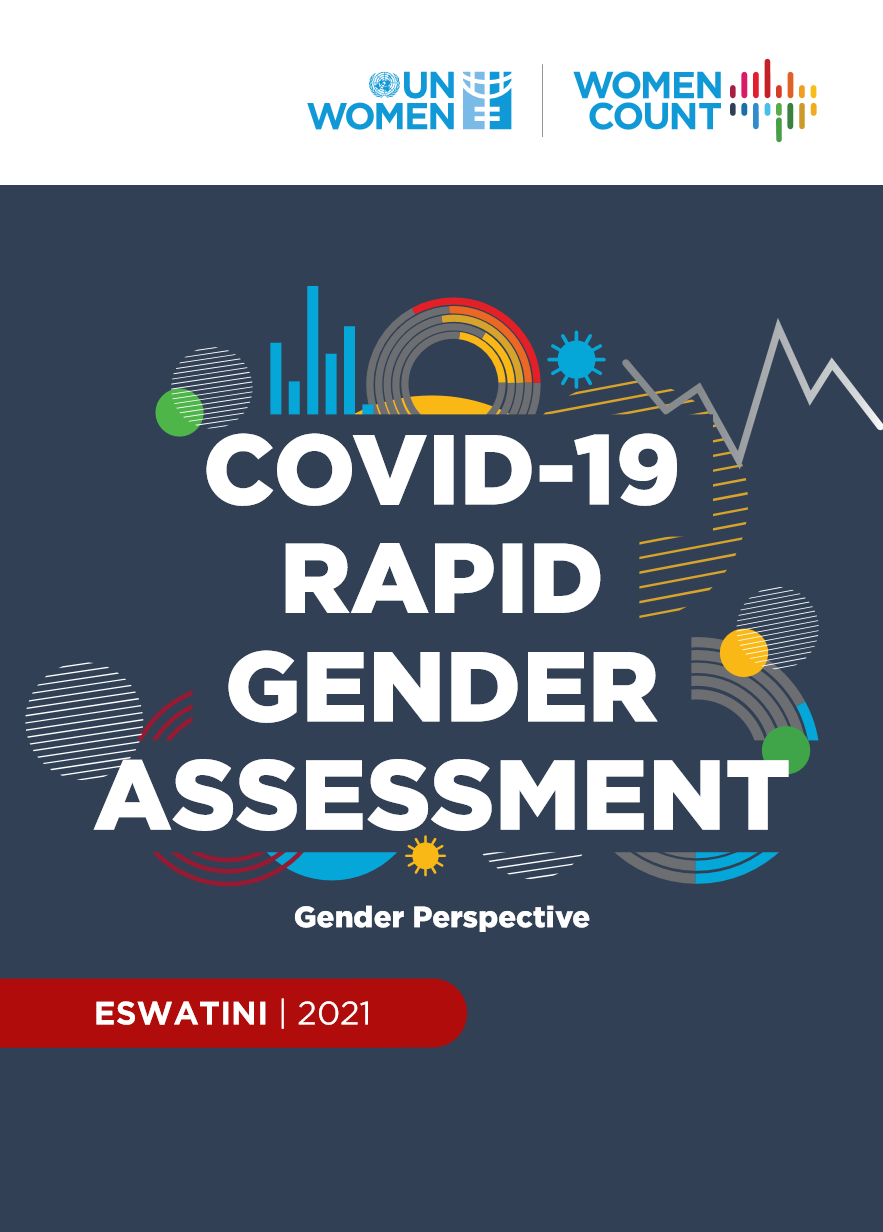
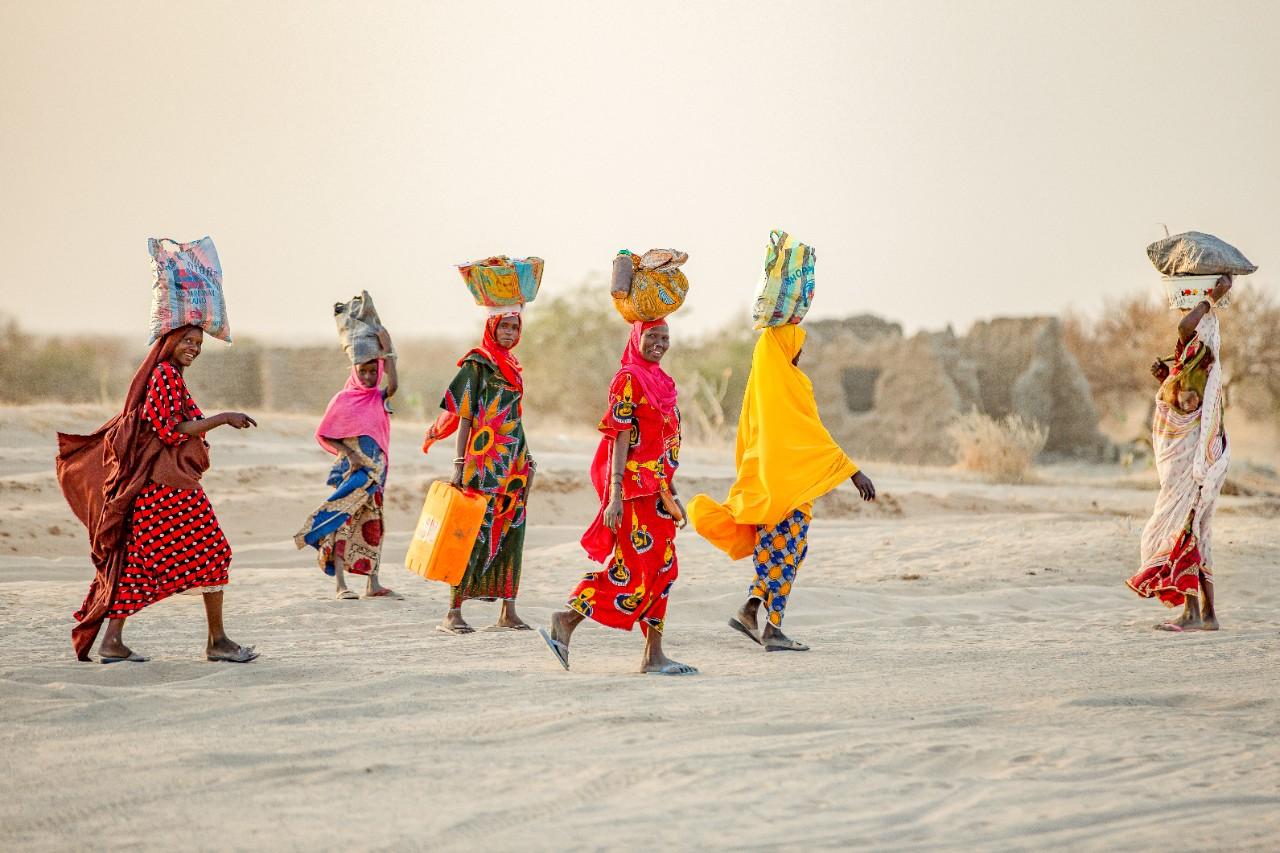
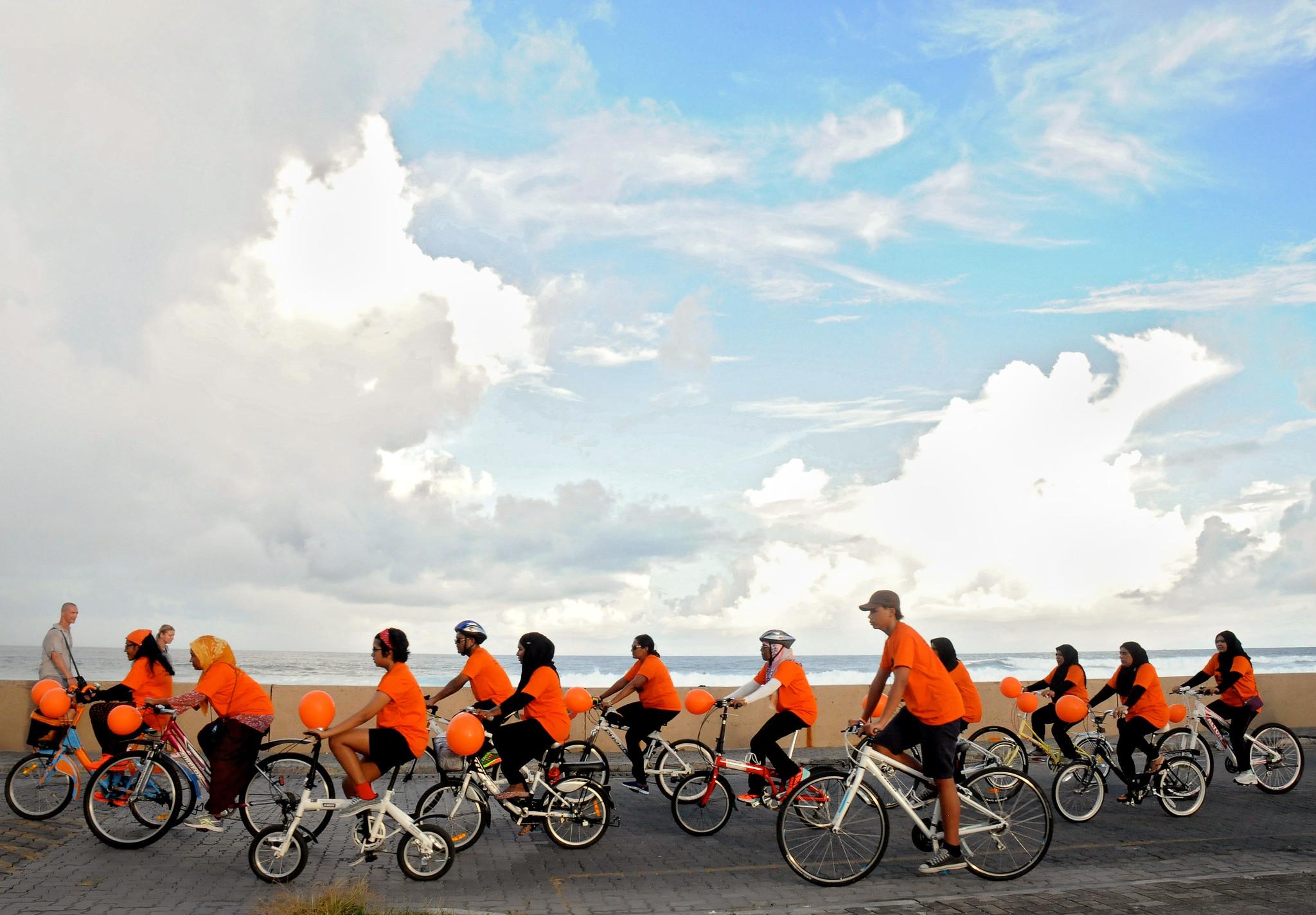

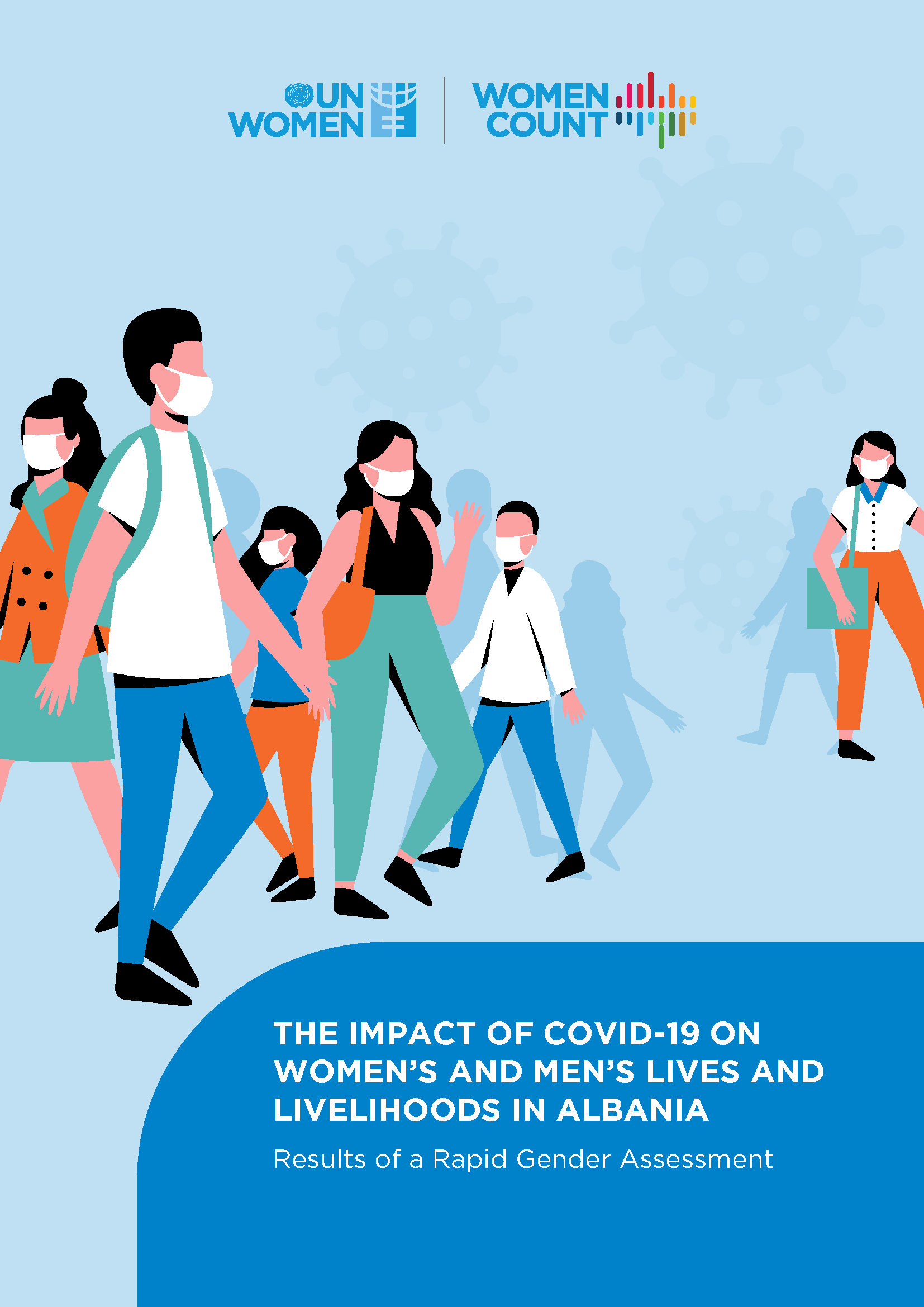
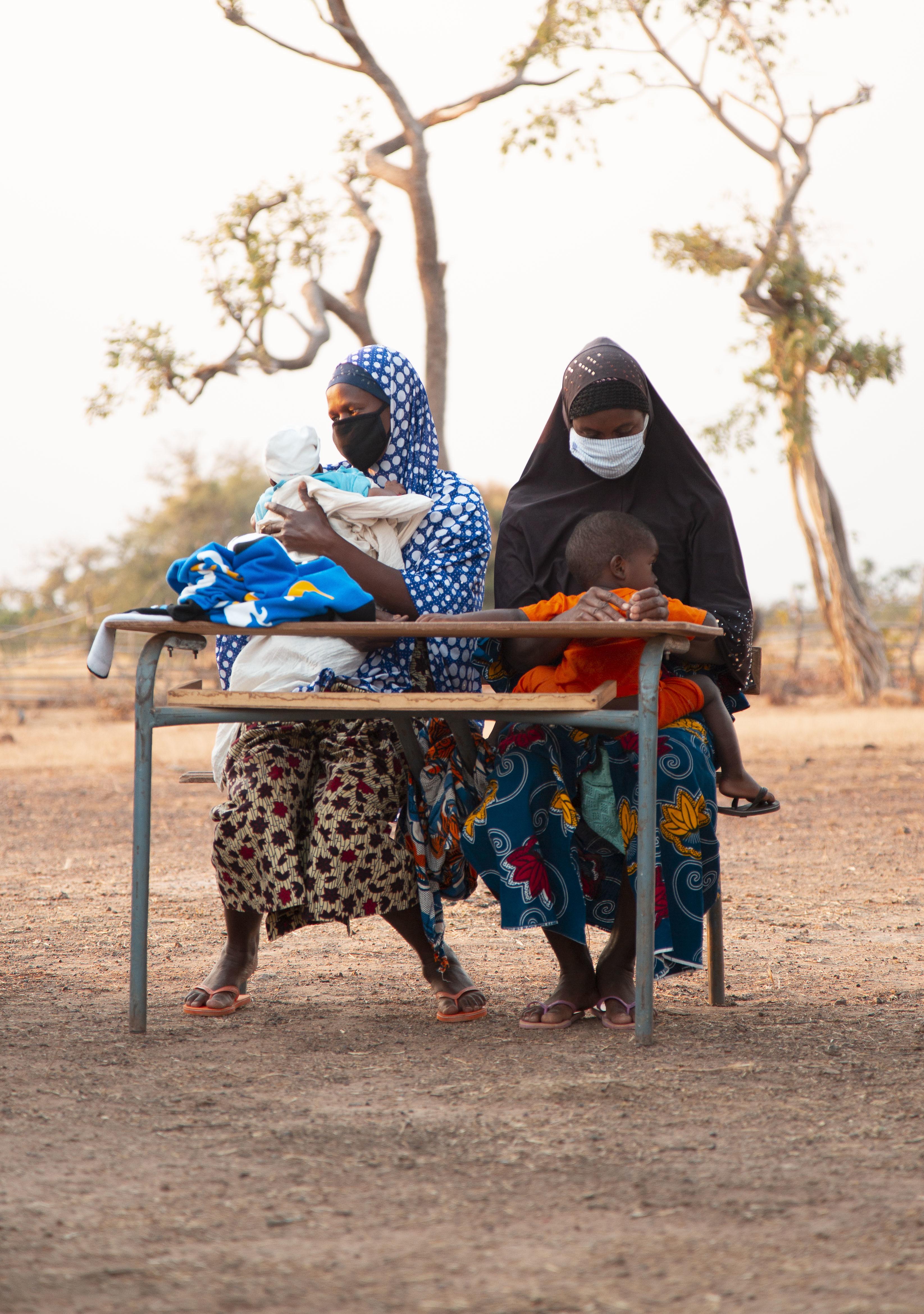


UN Women and its partners have compiled a comprehensive list of resources covering a variety of issues related to the gendered impacts of the COVID-19 crisis. The list will be regularly updated as more information becomes available.
COVID-19 data resources
Task Force on COVID-19 and household survey (Inter-Secretariat Working Group on Household Surveys)
Webinar on mobilizing gender data for better decision-making during COVID-19 (UN Women and PARIS21)
High-frequency monitoring systems to track the impacts of the COVID-19 pandemic (World Bank)
Data resources on COVID-19 and children (UNICEF)
Gender equality and the COVID-19 pandemic
COVID-19: the gendered impacts of the outbreak (The Lancet)
The gendered impacts of the outbreak (WHO)
The Coronavirus Is a disaster for feminism (The Atlantic)
Including women in COVID-19 decision-making
Operation 50/50: Women’s perspectives save lives (Women in Global Health)
Pandemic Preparedness and Response
Strategic preparedness and response plan for the novel Coronavirus (WHO)
Gender and the Coronavirus outbreak (Council on Foreign relations)
Paying attention to women’s needs and leadership will strengthen COVID-19 response (UN Women)
Development and Humanitarian Settings
Gender implications of Covid-19 outbreaks in development and humanitarian settings (CARE)
Economic insecurity/employment
The coronavirus fallout may be worse for women than men. Here’s why. (World Economic Forum)
African countries respond quickly to spread of COVID-19 (NPR)
Pandemic: Informal workers urgently need income replacement — and more protections (WIEGO)
How the COVID-19 pandemic will affect informal workers: Insights from Kenya (The Conversation)
Domestic Violence
Reports from China indicate rise in domestic violence (Axios)
Home is not a safe place for everyone (Huffington Post)
Frequently Asked Questions - COVID-19 and family violence (The Lookout)
Health
Health-care workers
COVID-19: Protecting health-care workers (The Lancet)
Needs of female medical workers overlooked in coronavirus fights, advocates say (Inkstone)
Sexual and Reproductive Health
Pregnancy
What are the risks of COVID-19 infection in pregnant women? (The Lancet)
Mental Health
Briefing note on addressing mental health and psychosocial aspects of COVID-19 outbreak (IASC)
By 3 April 2020, world COVID-19 confirmed cases surpassed 1 million. But without data that is disaggregated by sex, these numbers tell us only part of the story. They are insufficient for understanding the unique impact of the crisis on women as compared to men. We need far more sex-disaggregated data to tell us how the situation is evolving, including on differing rates of infection, differential economic impacts, differential care burdens, and the incidence of domestic violence and sexual abuse.
Given this imperative, UN Women is leading global data collection efforts to close this information and knowledge gap. In partnership with the public sector and non-state actors, we are supporting data collection efforts to ensure that all people, particularly the most vulnerable, are accounted for. Further, through UN Women’s global gender data programme, Women Count, UN Women works with national statistical offices to strengthen their capacity to collect and use gender-responsive data.
-
Is UN Women collecting primary data on COVID-19 and its gendered implications? To what end?
Yes. Various UN Women regional and country offices have, in some form or another, initiated data collection activities to measure the impact of COVID-19 on the lives of women and girls. Specifically through UN Women’s global gender data programme, Women Count, at least four regions are leading rapid assessment surveys. The general aim of the survey is to provide information on how the livelihoods and circumstances of women and men are affected by COVID-19. The results of the survey will also inform UN Women’s own programming to respond to the crisis, and our advocacy to improve the well-being of women and girls, during and after the pandemic.
The Asia and the Pacific Regional Office is rolling out a rapid assessment survey in at least seven countries, starting with the Philippines and extending to Pakistan, Bangladesh, Myanmar, Nepal, Thailand and Indonesia. The survey is available in regional languages widely used in these countries.
Three other regions – East and Southern Africa, Europe and Central Asia, and Western and Central Africa – have been finalizing and/or working on their survey tools and are in talks with countries that are interested in conducting the survey. In addition, at least three countries – Senegal, United Republic of Tanzania and Viet Nam – are exploring the possibility of including a module on COVID-19 impacts in planned surveys of their national statistical offices.
-
In looking at the gendered implications of COVID-19, what are the thematic areas being covered by the rapid assessment surveys?
The survey responses will cover the following common themes: knowledge of COVID-19, economic empowerment, access to basic services and safety, and unpaid care and domestic work. Some regions/countries have added questions based on their needs and priorities. These additional themes include: violence and safety, social protection, coping mechanisms, household food production, and disability/functional difficulty.
-
How will the rapid assessment survey be conducted?
Given the nature of COVID-19 and related mobility restrictions, traditional ways of collecting information, such as face-to-face interviews with groups or individuals, are currently not possible. We are thus giving participating countries several data collection options, focusing on the use of online or telephone data sources.
These can be done either as a stand-alone survey or a module on COVID-19 integrated to another survey already being planned or executed.
-
What is the target population of the survey? Is it only women and girls?
The rapid assessment survey will target both women and men, although the scope varies by country. For example, a number of countries are targeting all phone users (e.g. The Philippines). This is, however, limited to women and men phone subscribers. Some countries will be rolled out by governments and will cover a broader population beyond phone subscribers (e.g. Ukraine, Moldova and Pakistan).
-
Will the results provide the full picture of the impact of COVID-19 in a country?
No. The results will be representative of the population of phone subscribers only. In as much as we would like to make the survey as nationally representative as possible, we are very much limited by the data collection modalities.
-
How will the data of survey respondents be protected?
Data privacy is very important to us and we at UN Women are guided by the Principles Governing International Statistical Activities, particularly its confidentiality principle. That is: individual data collected will be kept strictly confidential and used exclusively for statistical purposes.
-
Where can we find the results of UN Women’s rapid assessment surveys on the gendered impacts of COVID-19?
The survey results, once available, will be published on the Women Count Data Hub. Preliminary results for Asia and the Pacific are now available as of 29 April.
-
What other relevant data is UN Women collecting on COVID-19 and gender?
UN Women’s COVID-19 resource page contains a live global tracker of cases (see the tab: The emerging picture), as well as regularly updated data on infections by sex, as well as by sex and age, including infections among health-care workers by sex. Provided to UN Women by the WHO, the total number of cases reported by sex may not reflect the current total number of cases, as they are reported from the date when sex-disaggregated data were last available. These may also only reflect a subset of data where countries have reported sex-disaggregated data.
In addition, UN Women has compiled a list of 29 indicators to support country-level assessments and gender within COVID-19 response plans. The indicators are grouped into 10 policy priority areas. For each, an array of relevant data, statistical indicators and other types of data are provided. Visitors to the page have the option to download the data in either Excel or PDF format. This page will be updated frequently, as more data and research become available, particularly on the gendered impacts of the pandemic and the efforts to address them.
